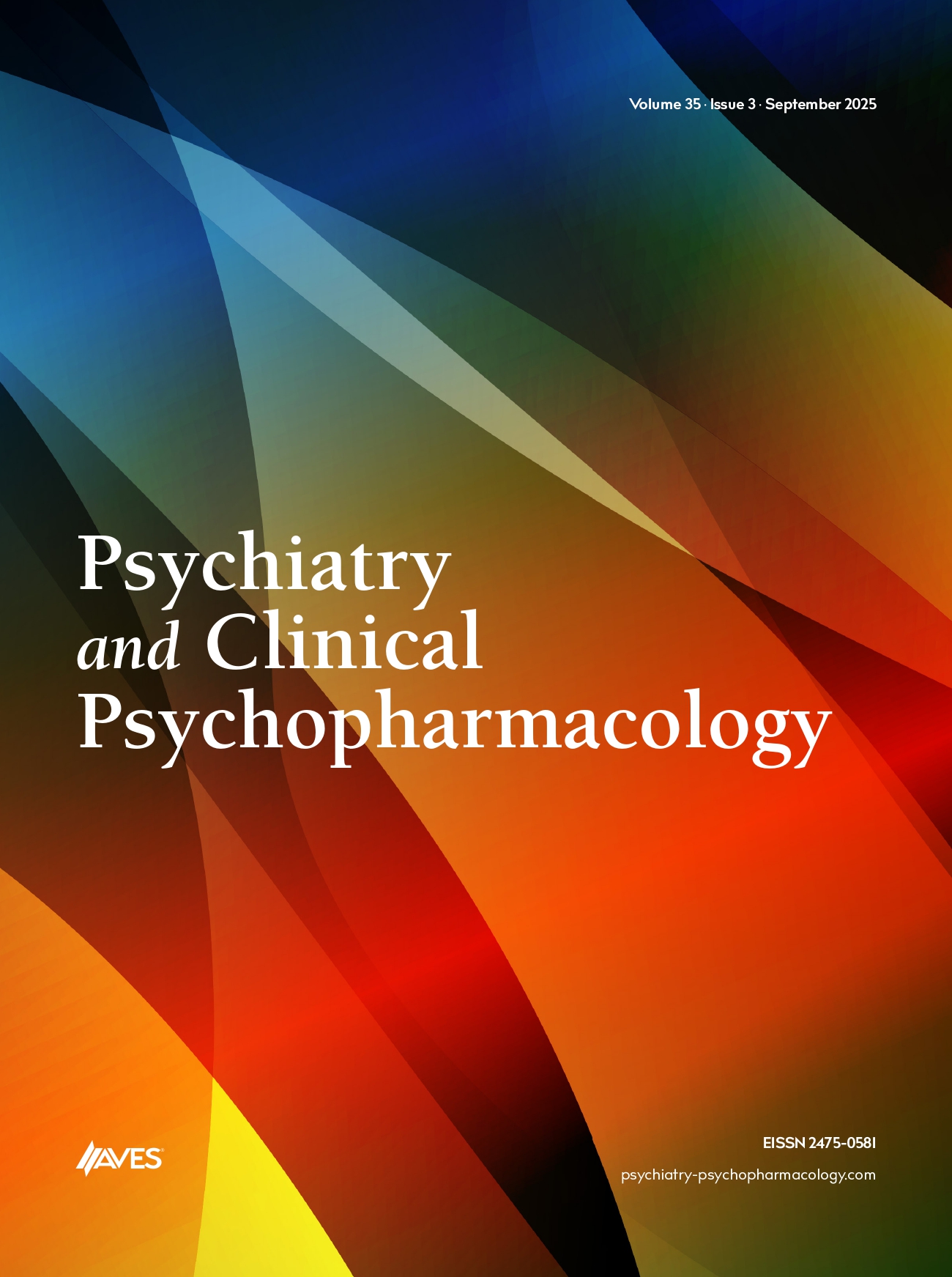Objective: Color is the effect of light on the eye depending on its core structure or spreading/absorbing object. It exists everywhere at the same moment; it is a primary and nonsocial aspect of human environment. There has been limited research published about connotations of colors on humans, the relationship between the colors of a person’s clothing and his/her mental state and what person percepts from colors when he/she designs own life. In this study, we aimed to measure the tendencies of a group of university students on this subject.
Method: One hundred students (50 male, 50 female) from Dumlupinar University College of Healthcare Professionals participated in our study. The participants have been given a questionnaire developed by the researchers examining the attitude about colors.
Results: While the most common colors preferred on clothes were black (%30) in females and blue (%32) in males, the least common colors were yellow (%28) and pink (%50), respectively. The question of comforting and soothing color has been mostly answered as green (%40) by females and white (%42) by males. While females and males preferred black (%52 and %36 respectively) on emotional and somber moments, the color representing peace was white (%40) in females and blue (%42) in males. The question about the color representing harmony, joy and cuteness has been mostly answered as pink (females: %65 and males: %62). While the most eye-catching color was red (females: %82 and males: %58), the color representing cleanness and honesty was white (females: %86 and males: %84). The color most relaxing on eyes and the body was blue as indicated by the participants (females: %32 and males: %34). The color elevating motivation has been found as red (females: %38 and males: %28), and the color elevating self-confidence was the same (females: %34 and males: %32). The color preferred when one is angry was black (%50) in females and red (%44) in males. The color preferred on uncertainty was black (%30) in females and white (%32) in males. While the participants usually preferred black (females: %54 and males: %34) when they are full of hatred, the color black was preferred by %38 of females and %42 of males on fear.
Conclusion: The colors have a two-way relationship with participants’ mental state, attitude and behaviors. There are some studies suggesting that our color preference might reşect our personality or the color we prefer might have positive or negative effects on us. Taking color preferences of patients into account in mental state examinations would be beneficial.


.png)
.png)